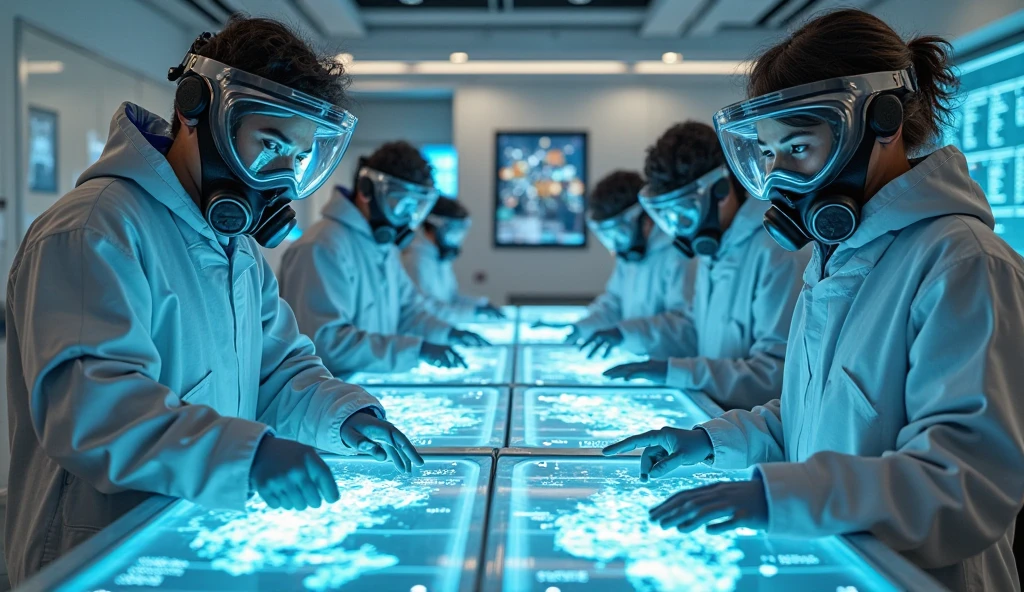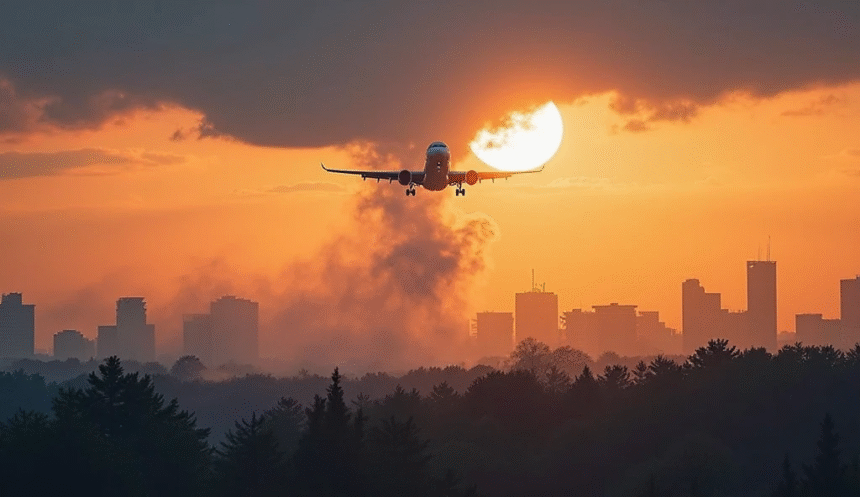As the climate crisis intensifies, scientists are exploring radical solutions to cool the planet. One of the most controversial? Geoengineering — specifically Solar Radiation Management (SRM), also known as stratospheric aerosol injection.
In simple terms:
We might literally spray particles into the sky to reflect sunlight and cool the Earth.
Sound like science fiction? As of 2025, it’s not. It’s on the table — and possibly, in the air.

What Is Solar Radiation Management?
SRM is a proposed technique to reflect a small portion of sunlight back into space using aerosols like sulfur dioxide, mimicking the cooling effect of volcanic eruptions.
Key SRM methods include:
- Aircraft spraying particles into the stratosphere
- Marine cloud brightening (adding salt to clouds to reflect more light)
- Space mirrors (still conceptual)

Are We Actually Spraying the Sky?
There’s no large-scale SRM deployment as of 2025 — but there have been small tests:
- Harvard’s SCoPEx project planned controlled tests over the Southwest US (delayed due to backlash).
- Several climate modeling labs have simulated SRM scenarios.
- Some startups like Make Sunsets (controversially) claimed to release aerosols in Mexico.
So… are we spraying the skies? In limited, experimental ways — yes. But no global program has been officially launched. Yet.

Why Consider Geoengineering at All?
Global temperatures continue to rise. Despite climate targets and green tech:
- 2024 was the hottest year on record
- Sea levels are rising faster than expected
- Weather disasters are more frequent and deadly
Some scientists argue geoengineering may buy time for long-term climate fixes.
“It’s not plan A. It’s a backup parachute,” says Dr. Luisa Hernandez, climatologist at MIT.
The Dangers & Debates
SRM is highly controversial for good reasons:
Unpredictable weather side effects — possibly worsening droughts or storms
Ethical dilemmas — who decides to cool the planet?
Moral hazard — could SRM reduce urgency for emissions cuts?
Geopolitical risks — one country’s fix could be another’s disaster
“You can’t engineer one part of the sky without affecting the rest of the planet,” says Dr. Rajiv Balasubramanian, a geoethics researcher.

What the Public Thinks in 2025
A global survey by EarthData in 2025 shows:
| Statement | Agree (%) |
|---|---|
| “We should research geoengineering as a backup.” | 72% |
| “I worry about tampering with nature at this scale.” | 88% |
| “I believe geoengineering is already secretly happening.” | 43% |
Conspiracy theories about “chemtrails” and secret sky-spraying persist — even though scientific efforts are mostly public and limited.
What’s Next?
In 2025 and beyond, expect:
- Increased research funding (especially from nations hit hard by heatwaves)
- Calls for international regulations to prevent “climate warfare”
- Monitoring tech development (sensors, satellites, AI climate modeling)
But so far, most climate scientists agree:”Reduce emissions first. Research geoengineering second. Deploy? Only if absolutely necessary.”

Final Verdict: Lifesaver or Pandora’s Box?
Geoengineering — and spraying the sky — could be a last resort lifeline or an unleashed risk with global consequences.
Whether it becomes real policy or remains a warning, one thing’s clear:
We’ve entered the era where saving the planet might mean rewriting the sky.








